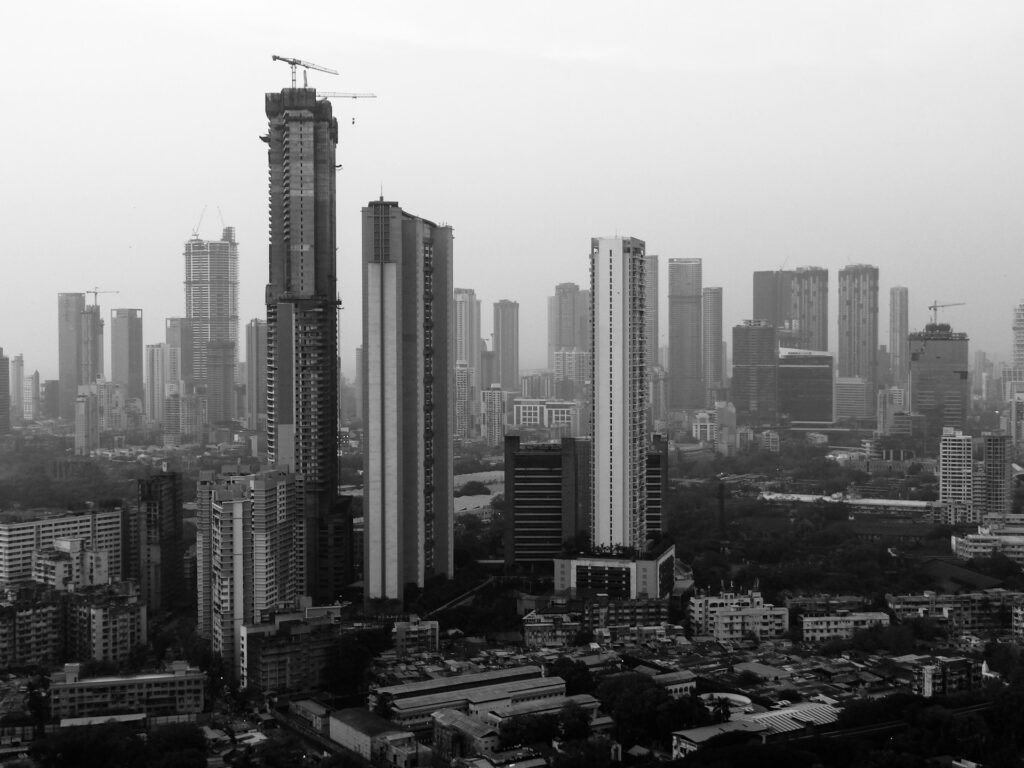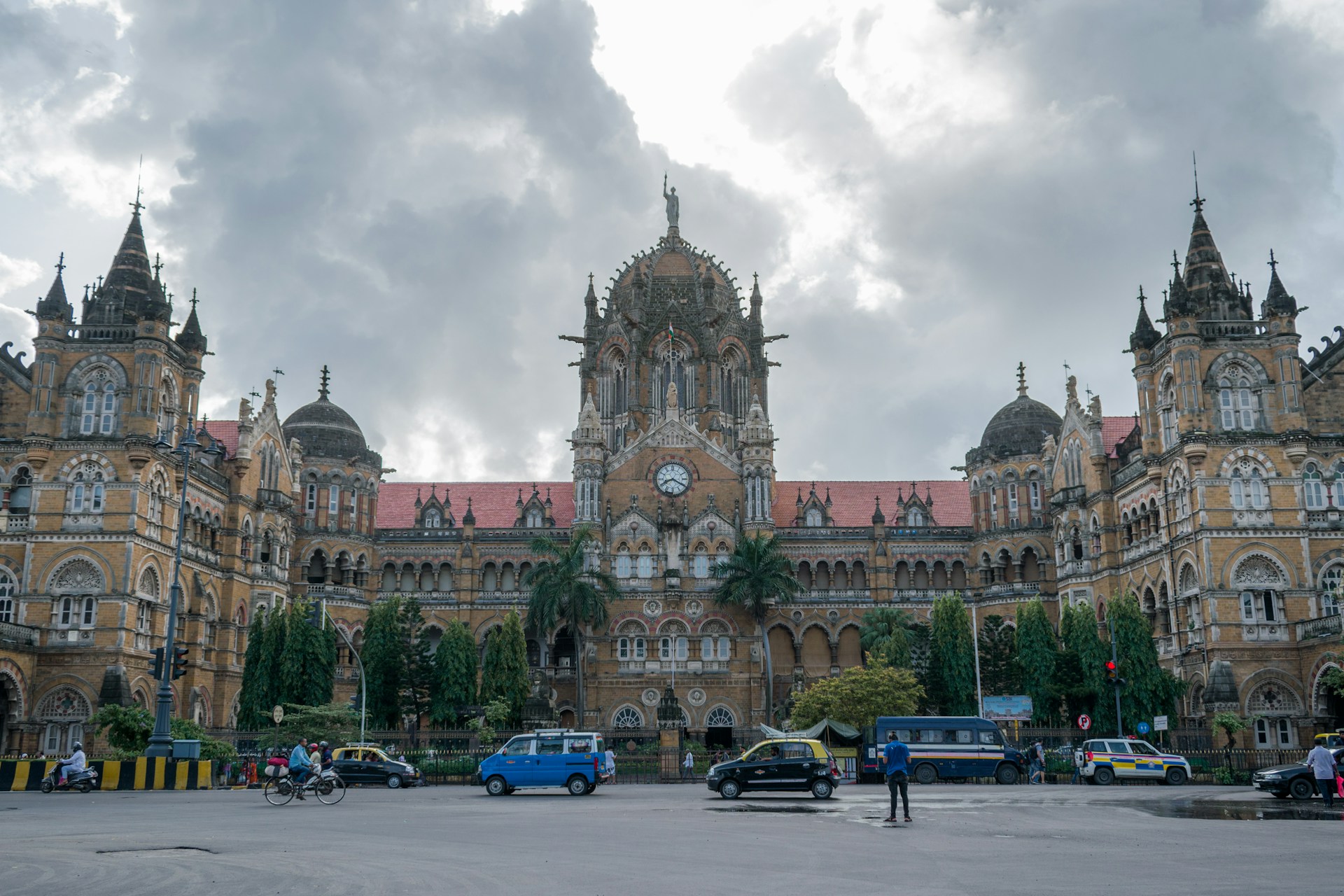A City Profile of Greater Mumbai
Mumbai, the largest city in India, and the sixth-largest metropolis in the world is a major business center and the commercial and financial capital of the country that provides a city profile of greater Mumbai.
33 percent of income tax collections, 60 percent of customs duty collection, 20 percent of central excise tax collection, a significant quantum of corporate tax, and 40 percent of India’s foreign trade is generated from the metropolis.
The City Profile of Greater Mumbai provides a background of the geographical, environmental, institutional, social, and economic setting in the city.
This background is vital to understanding the characteristics, strengths, and vulnerabilities of the city.
It is thus invaluable in understanding the factors that promote risks in view of the need to develop proactive disaster risk reduction practices for managing disaster risk in the city.
Mumbai, formed by the amalgamation of two groups of seven islands each, is connected to the mainland across the major water bodies surrounding it via roads and railways.

It is thus vulnerable to being isolated from the mainland during a disaster.
Its insular character also results in an acute paucity of land in the city, resulting in a high density of population and one of the highest prices of real estate in the world.
Since a substantial area of the city, about half of the Island City, and one-fifth to one-fourth of the suburban area, has been reclaimed from below sea level by infilling, there is a high risk of liquefaction during an earthquake.
Mumbai falls in seismic risk zone III and can experience earthquakes measuring up to 6.5 on the Richter scale.
Few buildings in the city have been built to withstand a major earthquake, much less an earthquake magnified by liquefaction. The city is thus highly vulnerable to earthquakes.
Flooding is a chronic and recurrent problem in the metropolis. Almost 60 percent of the annual rainfall occurs during two months in a year.
Occasionally 35-40 percent of this rainfall is received in just 2-3 events.
The process of urbanization too has played a major role in aggravating the problem as it has caused significant alteration to hydrology, morphology, habitat, and ecology of the region.
About 60 percent of the population of the city lives in squatter settlements.
Under the City Profile of Greater Mumbai, the growth rate of the slum population is greater than the general urban growth rate.
Slums are vulnerable primarily because of their location, density, and lack of access to infrastructure.
These settlements are located in areas that invariably get flooded during high tides, in coastal locations, along water mains or open drainage, on steep slopes, within industrial zones, or under high-tension wires.
These communities suffer from inadequate access to potable water and sanitation and are more prone to health problems, thus highlighting the problems in the City Profile of Greater Mumbai.
Historically, the City Profile of Greater Mumbai developed as a mono-centric city with a port, government, banking and insurance, stock exchange, wholesale and retail activities, and international trade all being concentrated in and around the Fort area.
With the diversification of economic growth, conversion of manufacturing sites, and expansion of planned transit facilities, a clear pattern of “spatial clustering” is emerging.
One of the most vulnerable elements in the City Profile of Greater Mumbai is its building stock, which contributes to the increasing risk of its population.
The building stock exhibits a rich mix of several different building technologies.
Almost 90 percent of the buildings located in the ‘A’, ‘B’, and ‘C’ wards in Island City and about 10,000 buildings in the suburbs are dilapidated – many in a state of imminent collapse.
These structures act as a death trap in case of tragic accidents, like fire.
The government has instituted various amendments to the Development Control Regulations to address the problem.
Also read: Working of Land Banking in India’s Real Estate Market

